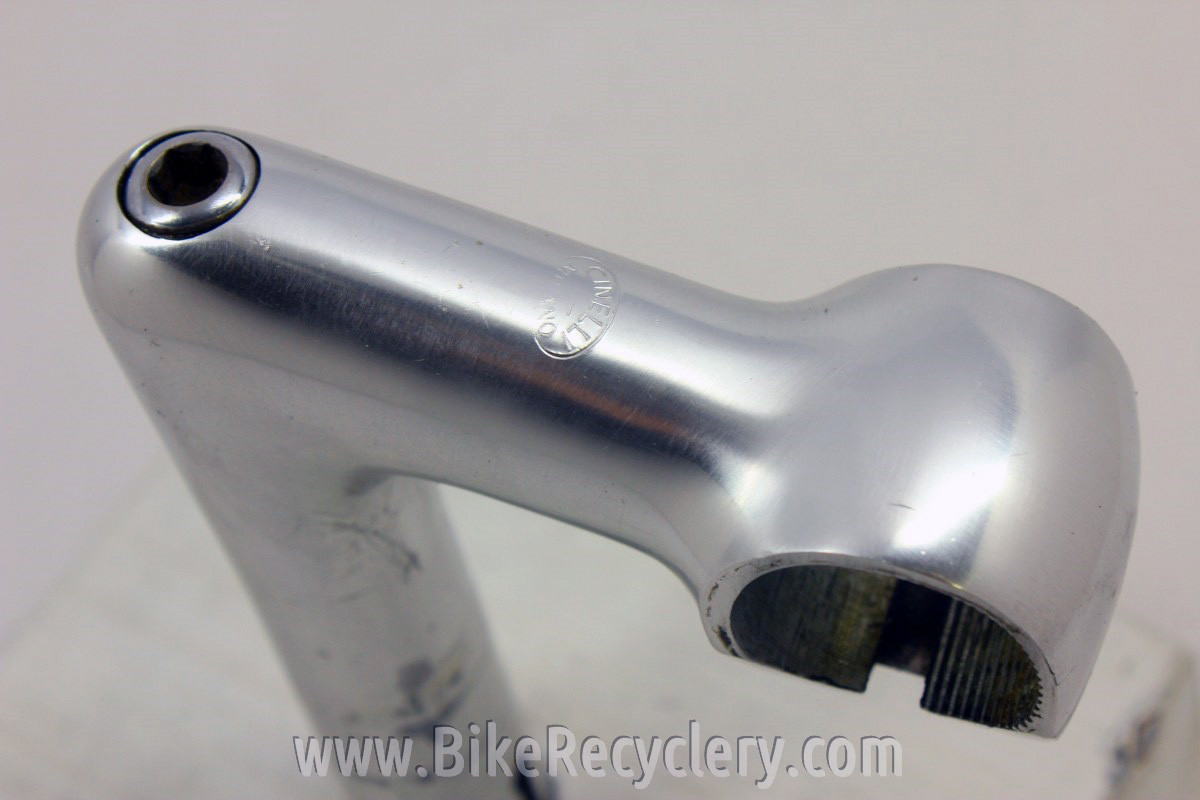The other day, I introduced you to Negrosa, the 1973 Mercian Olympic I acquired in June and on which I just made some "finishing touches."
Well, one bike came into my life, not long after another. So, I suppose, it was inevitable that one would part.
In this case, Josephine, the 1981 Trek 412 I refurbished, found a new home. Someone really wanted it and made me a good offer.
I liked Josephine, but I figure that if I want another bike like her, it shouldn't be too hard to find one. Besides, Negrosa is now my L'eroica bike.
Also, I've spent a lot on bikes this year and wanted to recoup some, even if only a little.
Thanks for the memories, Josephine!
Well, one bike came into my life, not long after another. So, I suppose, it was inevitable that one would part.
In this case, Josephine, the 1981 Trek 412 I refurbished, found a new home. Someone really wanted it and made me a good offer.
I liked Josephine, but I figure that if I want another bike like her, it shouldn't be too hard to find one. Besides, Negrosa is now my L'eroica bike.
Also, I've spent a lot on bikes this year and wanted to recoup some, even if only a little.
Thanks for the memories, Josephine!














